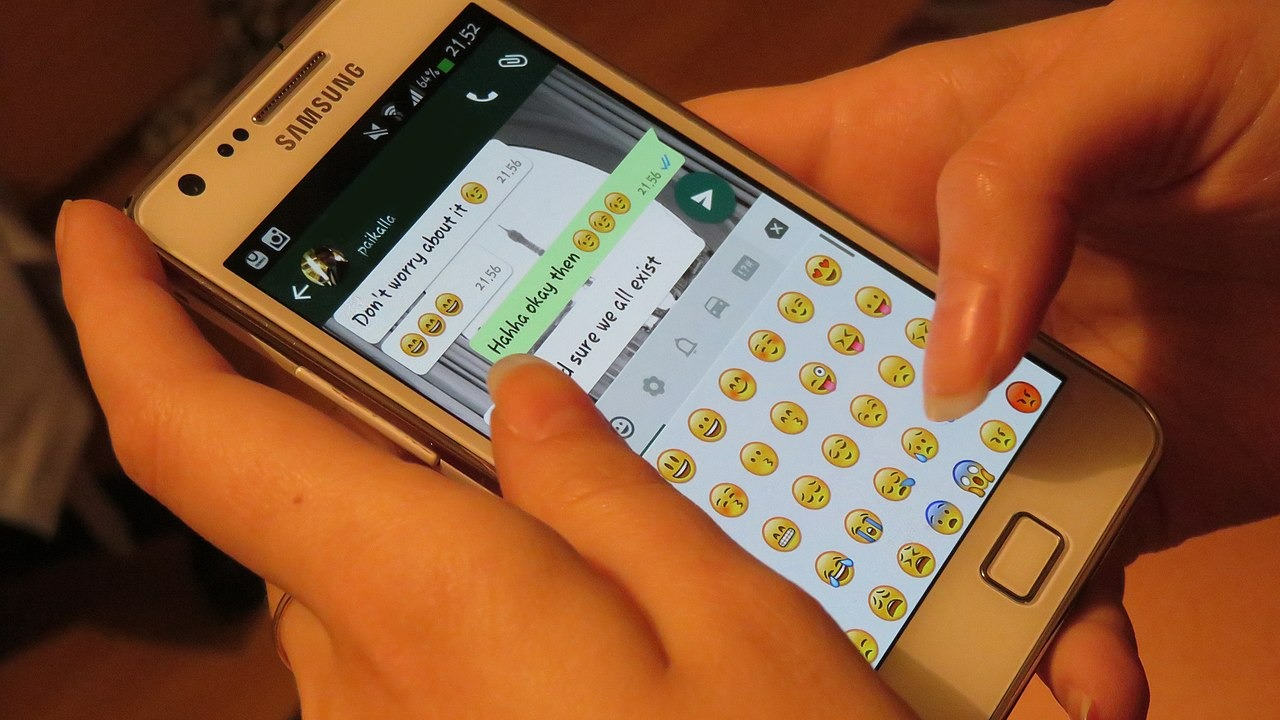That sinking feeling when your phone lights up with four words: “We need to talk.” Your stomach drops before you’ve even processed the message. Turns out, your gut reaction has scientific backing.
Relationship researcher Dr. John Gottman discovered that the way a conversation begins predicts its outcome with over 90% accuracy, according to research published in Psychology Today. This particular phrase represents what he calls a “harsh startup”—and when delivered via text, it becomes destructive to relationship communication.
Your nervous system doesn’t wait for context. The moment those words appear on your screen, your brain fills the informational void with catastrophic possibilities: breakup, cheating, pregnancy scares, family emergencies. Text messaging strips away approximately 93% of communication bandwidth—no tone, facial expressions, or body language to soften the blow.
The sender holds all the cards while the recipient spirals into defensive mode before any actual conversation happens.
Why Your Brain Goes Into Panic Mode
The phrase triggers fight-or-flight responses that poison dialogue before it starts.
The vagueness creates a psychological power imbalance that relationship experts recognize as toxic communication. Here’s what happens in your nervous system when you receive this text:
- Your mind automatically jumps to worst-case scenarios (breakup, infidelity, serious illness)
- Different attachment styles amplify the response—anxious types experience acute stress spikes
- The recipient enters conversations defensively rather than collaboratively
- Fight-or-flight activation makes productive dialogue nearly impossible
- The sender maintains informational control while the receiver suffers uncertainty
What Actually Works Instead
Research-backed alternatives that reduce anxiety and improve outcomes.
Communication studies show a clear alternative: “Hey, I’ve been feeling disconnected about our weekend plans lately. Could we chat about it this week? I’d love to hear your thoughts.” This reframe accomplishes what relationship therapists call collaborative problem-solving.
Research from the University of South Dakota notes that I-statements eliminate finger-pointing language in favor of emotion-focused expression, which is among the most well-documented communication interventions in couples therapy literature.
The improved version provides:
- Specificity (no catastrophic imagination)
- Uses “I” statements (reduces defensiveness)
- Offers collaborative framing (joint problem-solving)
- Includes time boundaries (no immediate pressure)
Most importantly, it treats your partner as a teammate rather than an adversary.
Save “We need to talk” for face-to-face conversations where tone and context can do the heavy lifting. Your relationship’s survival might depend on choosing the right medium for the message.


















